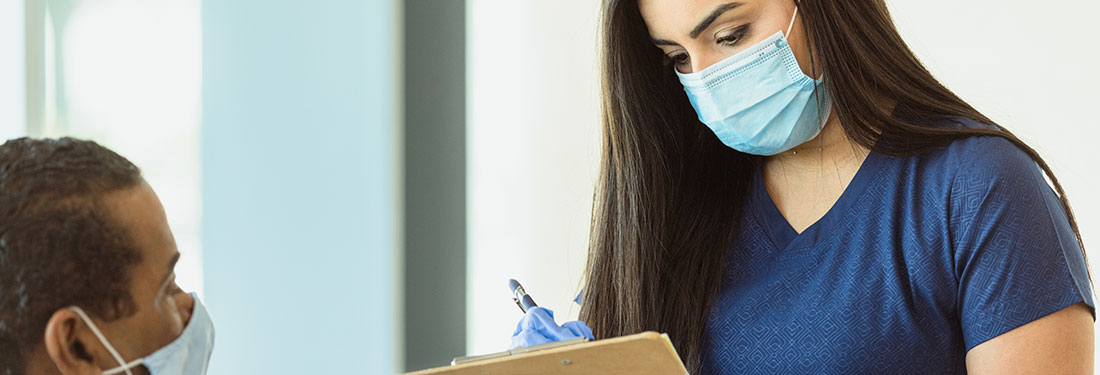Making Your New Space Work for Your Team
“Furniture is what people buy. Flow is what people create and what adds value to your organization.”
– Chris Backous, MHA
Using teams to create a new patient experience
You just found out your health care team has the opportunity to move to a new space. How do you make it work? Is it possible to make it better?
If you’re like many health care teams, being told you’re moving to a new space creates a challenge. Your current space works because you’ve made it work — because you’ve had to make it work. And for most health care employees on the team, the space was inherited, along with some processes, too. In many ways, it’s not a very functional space, and for years patients have been waiting in the waiting room for longer than they want to — longer than you want them to, even on the best of days — and there hasn’t been anything you could do about it.
But now you get to start over in a new space. It could be a brand-new space; it could be a repurposed space with a different shape, and a different look and feel. How can you make this space an opportunity to change the way you and your team work together and to change the way you all work with patients?
- First, and most important, challenge yourself to think differently. Imagine what it would be like to really change things with breakthrough ideas.
- Then ask, how does the current space function from the patient perspective? What are the opportunities for improvement in the new space? What are the unnecessary wastes and processes? Should health care workers be doing different types of work, or the same work in new and different ways? What if, for instance, medical assistants had more responsibility so that physicians could spend more time with their patients?
- Use the 3P method — production preparation process — to allow you to invest your time wisely and think differently.
- As a team, identify and eliminate waste. Ask, “What wastes should we focus on first?” or “Where are the biggest rocks in our shoes?”
- Involve your team and get them excited. Help people move from their usual ways of doing things to inventing something new. For example, if you know that patients wait a long time in waiting rooms, talk about what you can do to change your process. What if your organization didn’t have waiting rooms at all? What if it was illegal to make patients wait? How could your team create a process in which “no need for waiting rooms” became a reality? Once the team can imagine this, then they have a new process to reinvent, and it becomes exciting. Without imaginative thinking, the best you might hope for is just a smaller waiting room in the new space. Your team can do better. When I work with organizations using the 3P method, at first the team struggles to come up with one or two ideas. It can be hard to come up with original thinking and say these ideas out loud. People worry, What if my colleagues think my ideas are ridiculous? But every time, as the class progresses and the confidence builds, the team develops a ton of ideas. Before long, they’re testing out their new ideas within minutes using Legos and they’re doing simulations. It’s amazing!
- Look at other spaces for ideas. Borrow shamelessly, but make it your own. Health care leaders and providers from around the world tour Virginia Mason week after week, every year, to find out how we’ve transformed our space to improve patient safety and the patient experience. We encourage them to get inspired by our use of space for our patients, and we want them to do the same for their unique patient populations. We want their space to be as great for them as ours is for us. (Learn how Greater Baltimore Medical Center used a 3P to transform a family care suite, improve overall patient experience and spread the design to other patient care areas.)
- Give your team time for out-of-the-box thinking. It’s not natural or easy. It takes work; it takes practice; it takes time.
Remember, designing a new space is not about new furniture that pleases your staff and patients. Furniture is what people buy. Flow is what people create and what adds value to your organization. If you can’t design for new flow processes, your new design becomes just a different — but not better — patient experience. You can do better for your patients and your staff. You can create a design that works for your patients, your staff and you, one that your team owns and values, one that enhances everyone’s experience. I encourage you to make it happen!
Do your teams struggle to break out of current thinking about space? What helps?






